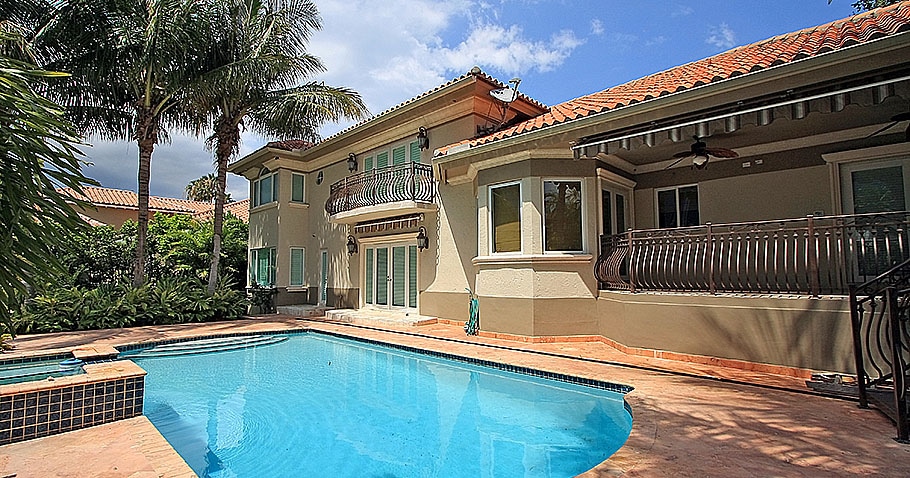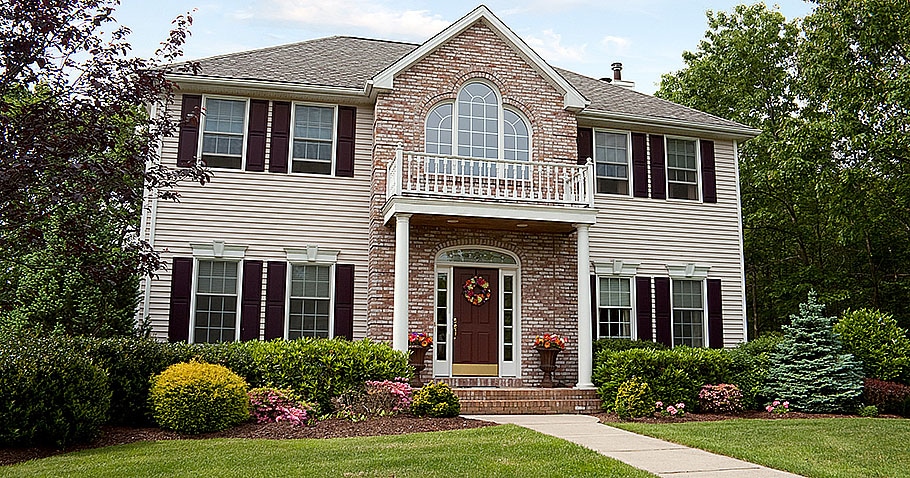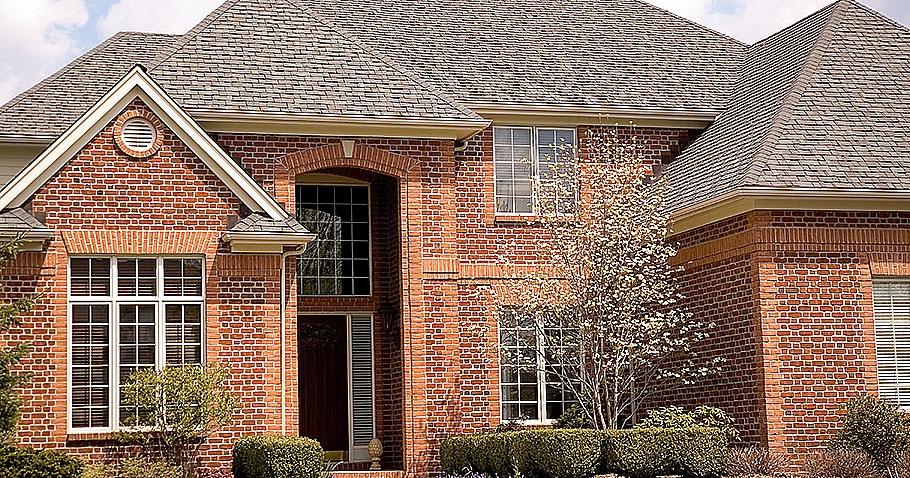Almost every swimming pool has a pool liner no matter what type and shape it might have. There are lots of different pool liner options pool contractors provide from which you can choose, and making this choice is one of the most important choices you’ll make as a pool owner.
In this blog, we’ll discuss with you a few facts about swimming pool liners, different types of liners and how you can choose the best one to fulfill your needs.
What Pool Liners Actually Are?
The pool liner you choose always determines the way your pool will look like. The materials and build quality of your pool’s liner will determine how your pool will look like. Liners are installed in every pool because they’re made out of PVC, and serve the purpose of making the sides of your pool water proof. In-ground swimming pools have these liners attached to the walls, and the liner takes up the shape of your pool.
In the pools which are above the ground, the pool liner takes the shape of a hanging bag. Pool Liners made from plastic are the most common ones. These liners not only make the pool waterproof, but are attractive to look at as well. You can get pool liners in various shapes, sizes, colors and patterns to fulfill your needs.
The Installation Process Of Pool Liners
Pool Liners can be replaced if they go bad over time. While you can replace the liner of an above-ground pool easily by yourself, doing this in in-ground pools might not be as feasible.
Whenever you need to buy a swimming pool liner, you should measure your swimming pool accurately and get the right sized liner for your pool. In the case of above ground pools, you can easily find replacement liners for the most reputable brands. They are easily available online and in many relevant stores as well. If you have a considerably longer pool, you’ll have to buy rolls of this liner, and will have to install them with the help of heat-welding.
Types Of Pool Liners
There are lots of different types of pool liners available to choose from. Pool liners have a lifespan of around 5 to 20 years depending on things like their build quality, material, quality of installation and also on how well you maintain your pool.
Whether you want to install the pool liner by yourself or not, you invest in a good quality pool liner for your pool even if it costs a bit more. Also, keep in mind that a good quality pool liner installed correctly and maintained properly will last up to three times more as compared to an average quality liner.
Build Materials Of Pool Liners
Usually, pool liners are made of PVC plastic. However, a polyester layer is used in high quality Liners to delay tearing. Specialized Liners which resist UV rays and keep you safe from slipping are also available. Additionally, if you’re buying Liners for an indoor pool or spa, you should buy the specialized version which can withstand high temperature.
Keep in mind however that every extra feature means increases in the price of the liner as well. So, only go for the features you actually need your pool’s liner to have.
Pool Liner Thickness
Pool Liners are millimeter thick. When shopping for a liner, you might see readings like 45/100 and 150/100. These readings actually mean 100ths of a millimeter. So, pool liners are available in thicknesses ranging from 0.45 mm to 1.5 mm. However, if your pool is used heavily in the summer season, reinforced Liners starting from 0.85 mm are highly recommended. Thin Liners usually get damaged when kids play in the pool and jump around.
Investing in a thick liner can also help the pool withstand a sudden pH change. This usually happens when the pool gets filled with many people.
However, if you only have a small or medium above ground pool with light usage, you will be okay by using 0.5 mm thick liner. For in-ground pools however, pool builders Long Island recommend that you should at least go with 0.75 mm. You can also use a rot-proof felt with your liner to get more functionality out of it.








Comments